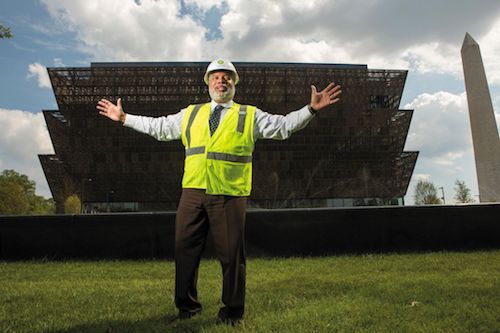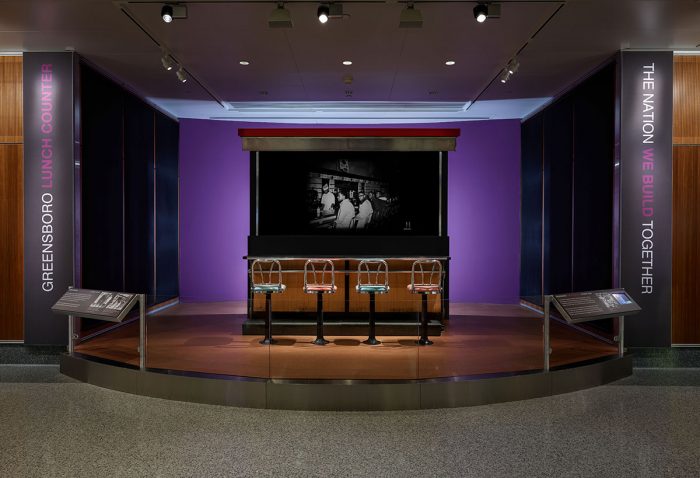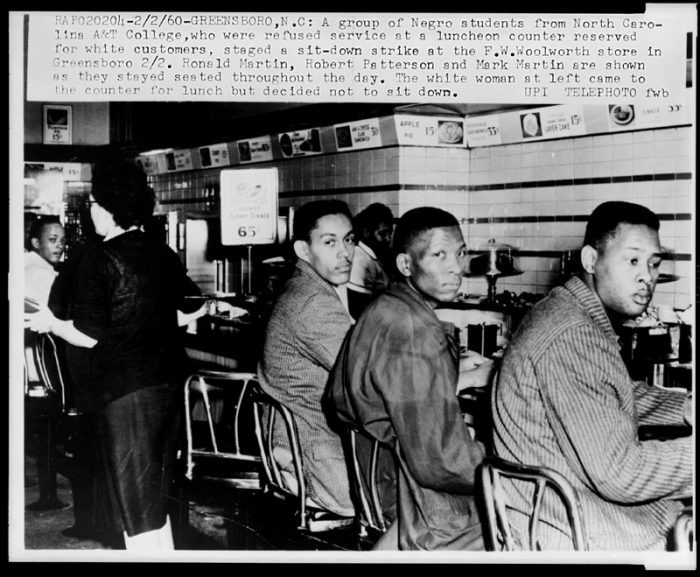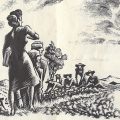400 years later, America still has so much to learn about its racial history
Secretary Bunch shares his personal experience with racism in this essay originally published by The Washington Post in September.
In his influential treatise on race, “The Fire Next Time,” James Baldwin wrote, “To accept one’s past — one’s history — is not the same thing as drowning in it; it is learning how to use it. An invented past can never be used; it cracks and crumbles under the pressures of life like clay in a season of drought.”
Baldwin’s words capture our attention today as they did in the 1960s, an appeal to a still-tumultuous nation that has yet to fully deal with its history of racism. As we mark the 400th anniversary of enslaved Africans first being brought to our shores, it is critical that we heed Baldwin’s advice and use history to reflect, to learn and to become a better nation instead of succumbing to the fiction of an invented past.
Slavery was central to the country’s formation: its economy, its government, its identity, its entire way of life. Without a systemized, entrenched slave trade, America would not have grown to the extent it did. During the past 400 years, the fault lines created in our foundation by a fundamentally dehumanizing system have periodically cracked wide-open. From the Civil War to the violent backlash in response to Reconstruction; from the segregation of Jim Crow laws to persistent inequities in economic outcomes, housing policy and the criminal-justice system, the specter of 1619 continues to haunt us.

Lonnie Bunch, courtesy National Museum of African American history and Culture.
Three years ago, the Smithsonian’s National Museum of African American History and Culture debuted on the Mall. As its founding director, I realized that when we opened the museum, it would have to paint a comprehensive picture of the American story through the lens of the African American experience, one with all its facets and contradictions, not only tragedies but also triumphs; not merely injustices but also inspirations. I felt strongly that it also needed to foster a national conversation using its experts, objects, exhibitions and programs. No one could anticipate how desperately needed that conversation would become, though.
Less than a year after the museum’s opening, someone placed a noose — a notorious symbol of violent white supremacy meant to intimidate and terrorize — inside an exhibition. A few months later, a self-avowed neo-Nazi rammed his car into protesters as white nationalists gathered in Charlottesville; he was later convicted of murder in the death of civil rights activist Heather Heyer. Openly racist and violent incidents like these have continued, horrifying people across the country.

A section of the Woolworth lunch counter from Greensboro, N.C., installed in the National Museum of American History. (Photo courtesy NMAH)
My own introduction to racism came in 1959 when I was 7 years old. I was on a trip to Raleigh, N.C., to see relatives and visited a Woolworth for a meal. Having grown up in New Jersey and gone to a local Woolworth that wasn’t segregated, I rushed to the counter and sat down, expecting to be served like I always had been back home. Imagine my shock to feel a stranger’s hands picking me up and moving me to the standing-only, “colored” section. I was scared and shocked to find out that the blessings of liberty, including simply sitting at a lunch counter, didn’t extend to me because of the color of my skin. The incident was one of the formative events that eventually made me want to study history and understand the roots of discrimination.

The year after my Woolworth experience, four young men who were students at North Carolina A&T State University in Greensboro sat down at the local Woolworth segregated lunch counter and refused to move. The act of protest by the students who became known as the Greensboro Four — Ezell Blair Jr. (later known as Jibreel Khazan), Franklin McCain, Joe McNeil and David Richmond — inspired students across the South to begin sit-ins. Not only was it a pivotal moment for the nation, but it also was deeply personal for me.
When I eventually went to work at the Smithsonian’s National Museum of American History in the 1990s, we had an opportunity to acquire the section of counter and seats where the Greensboro Four had sat all those years ago. Displaying that piece of civil rights history and telling its story showed in a tangible way the sacrifices people have made and continue to make. Millions of museumgoers see it, put themselves in the shoes of those brave college students, think about their own place in history and contemplate the long struggle for equality that still endures.
Today, the mission at the National Museum of African American History and Culture is to build on that tradition. Museums and other cultural institutions are indispensable tools in confronting difficult truths and breaking down invented pasts. If America aspires to live up to the democratic ideals written into its founding documents, hoping to build a more perfect union in which everyone is granted full access, we must let go of the myths that obscure the whole truth about who we are as a nation.
Posted: 15 October 2019








